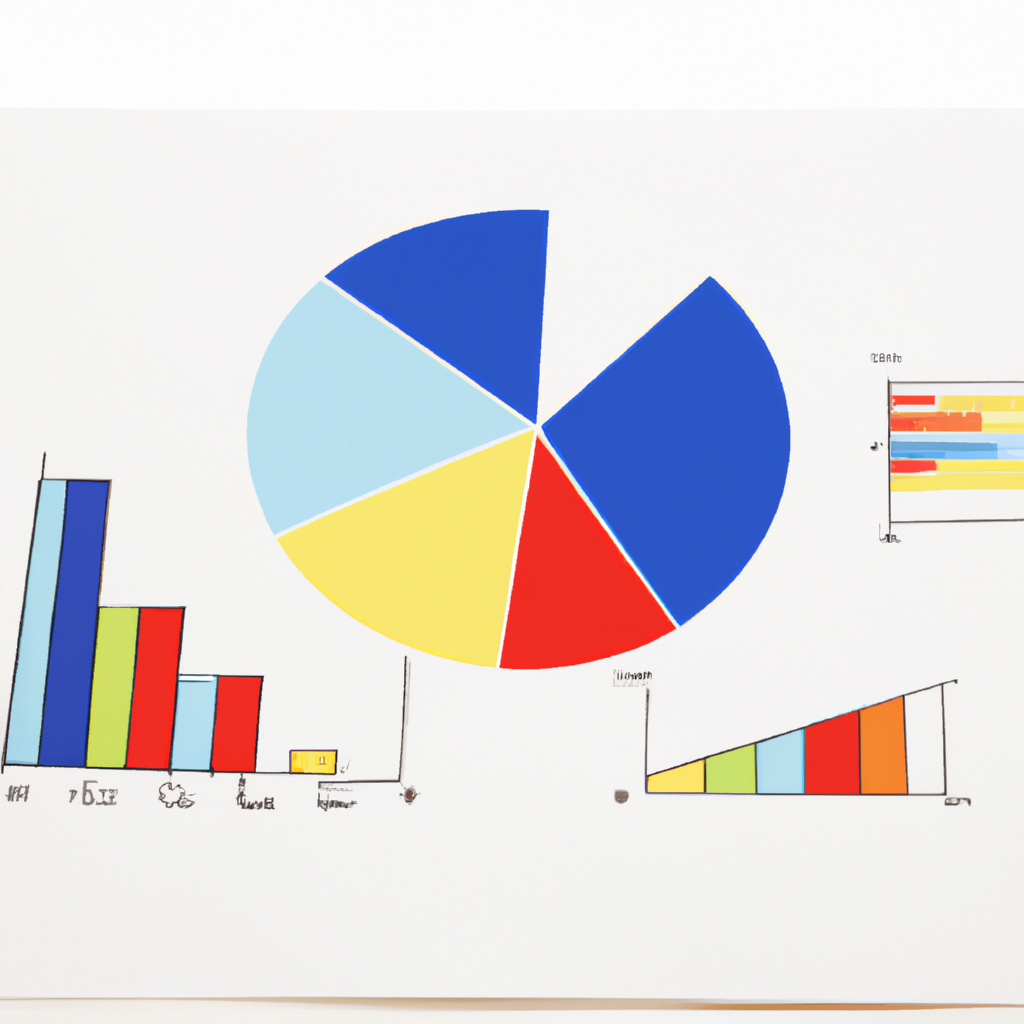Adding GTM Tags & DataLayer Variables: Step-by-Step Guide
Introduction to GTM Tags & DataLayer Variables
Google Tag Manager (GTM) is a powerful tool that allows marketers to easily manage and deploy tags and tracking codes on their website. GTM tags and DataLayer variables are used to track user behavior, measure conversions, and optimize campaigns. GTM tags and DataLayer variables are essential for any website that wants to track user behavior and measure the success of their marketing efforts.
DataLayer variables are pieces of data that are stored in the DataLayer object. This object is used to store information about the page, such as the page title, URL, and other page-specific information. GTM tags are snippets of code that are used to track user behavior, measure conversions, and optimize campaigns. GTM tags and DataLayer variables are used together to provide a comprehensive view of user behavior and website performance.
GTM tags and DataLayer variables are used to track user behavior, measure conversions, and optimize campaigns. They are used to track user interactions, such as clicks, page views, and form submissions. They are also used to measure the success of campaigns, such as the number of conversions or the amount of revenue generated. GTM tags and DataLayer variables are essential for any website that wants to track user behavior and measure the success of their marketing efforts.
Setting Up GTM Tags & DataLayer Variables
Setting up GTM tags and DataLayer variables is a straightforward process. First, you need to create a GTM account and install the GTM code on your website. Once the GTM code is installed, you can create tags and DataLayer variables in the GTM interface. You can also set up triggers to fire the tags when certain conditions are met.
Once the tags and DataLayer variables are created, you can configure them to track user behavior, measure conversions, and optimize campaigns. You can also set up triggers to fire the tags when certain conditions are met. Finally, you can test the tags and DataLayer variables to ensure they are working correctly.
Configuring GTM Tags & DataLayer Variables
Once the tags and DataLayer variables are created, you can configure them to track user behavior, measure conversions, and optimize campaigns. You can set up triggers to fire the tags when certain conditions are met. You can also configure the tags to track user interactions, such as clicks, page views, and form submissions.
You can also configure the DataLayer variables to store information about the page, such as the page title, URL, and other page-specific information. This information can be used to track user behavior and measure the success of campaigns.
Adding GTM Tags & DataLayer Variables
Once the tags and DataLayer variables are configured, you can add them to your website. You can add the tags and DataLayer variables directly to the HTML of your website or you can use the GTM interface to add them.
When adding the tags and DataLayer variables, you need to make sure they are properly configured and that they are firing correctly. You can use the GTM preview mode to test the tags and DataLayer variables before adding them to your website.
Testing GTM Tags & DataLayer Variables
Once the tags and DataLayer variables are added to your website, you need to test them to ensure they are working correctly. You can use the GTM preview mode to test the tags and DataLayer variables before adding them to your website. You can also use the GTM debug mode to test the tags and DataLayer variables after they are added to your website.
Troubleshooting GTM Tags & DataLayer Variables
If the tags and DataLayer variables are not working correctly, you can use the GTM debug mode to troubleshoot the issue. The debug mode will show you the tags and DataLayer variables that are firing and the data that is being sent. This will help you identify any issues with the tags and DataLayer variables.
Optimizing GTM Tags & DataLayer Variables
Once the tags and DataLayer variables are working correctly, you can optimize them to improve their performance. You can optimize the tags and DataLayer variables by setting up triggers to fire the tags when certain conditions are met. You can also optimize the tags and DataLayer variables by setting up filters to exclude certain data from being tracked.
Best Practices for GTM Tags & DataLayer Variables
When setting up GTM tags and DataLayer variables, it is important to follow best practices. You should always test the tags and DataLayer variables before adding them to your website. You should also use the GTM debug mode to troubleshoot any issues with the tags and DataLayer variables. Finally, you should optimize the tags and DataLayer variables to improve their performance.
Benefits of GTM Tags & DataLayer Variables
GTM tags and DataLayer variables are essential for any website that wants to track user behavior and measure the success of their marketing efforts. They are used to track user interactions, such as clicks, page views, and form submissions. They are also used to measure the success of campaigns, such as the number of conversions or the amount of revenue generated.
Conclusion
In Summary, GTM tags and DataLayer variables are essential for any website that wants to track user behavior and measure the success of their marketing efforts. They are used to track user interactions, measure conversions, and optimize campaigns. Setting up GTM tags and DataLayer variables is a straightforward process, and they can be tested and optimized to improve their performance. Following best practices and troubleshooting any issues will ensure that GTM tags and DataLayer variables are working correctly.








